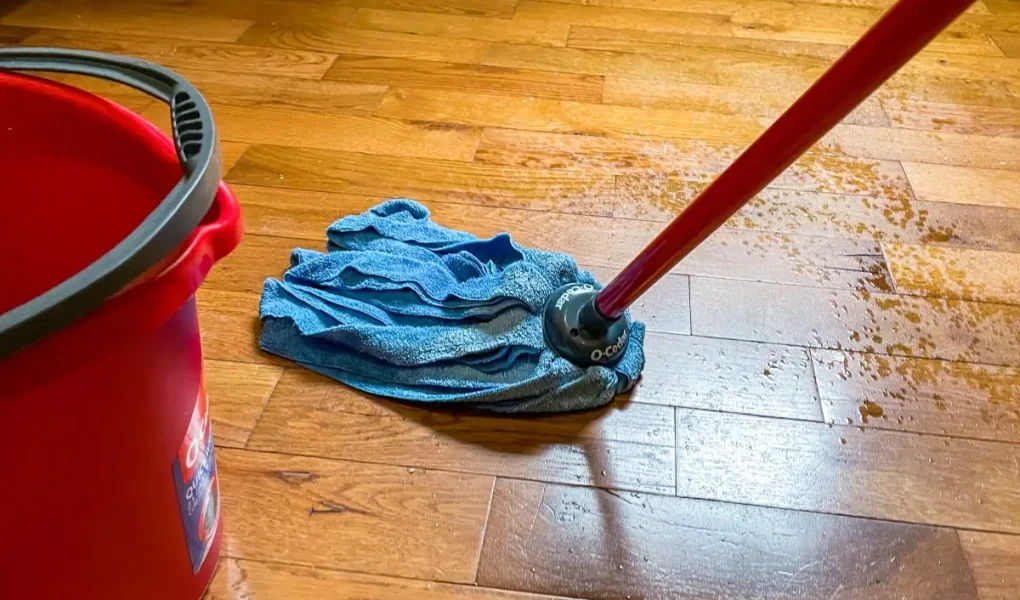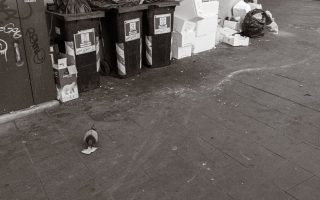When it comes to keeping hardwood floors pristine and beautiful, homeowners often find themselves questioning traditional cleaning methods. A common concern many face is whether mopping hardwood floors with water is safe or if it can cause irreversible damage. The short answer is yes—you can use water—but there’s an important catch. It’s essential to do it correctly to avoid problems like warping or discoloration.
This guide will dive deep into how to safely mop your hardwood floors using water, highlighting crucial do’s and don’ts so your floors remain stunning and damage-free.
Is It Safe to Mop Hardwood Floors with Water?
Hardwood flooring is a fantastic investment, adding elegance and warmth to any home. But this beauty comes with responsibility—water can quickly become hardwood’s enemy if not used carefully. Excess moisture risks warping, swelling, and discoloration, causing expensive repairs. However, the damp mop technique, if correctly executed, is entirely safe and highly effective.
The key is maintaining minimal moisture and promptly drying hardwood floors after mopping. According to floor care experts at Real Homes, using just a lightly dampened microfiber mop can effectively clean hardwood surfaces without causing water damage (Real Homes).
Here’s how you can safely incorporate water into your cleaning routine without damaging your precious hardwood floors.
Do’s: Safe Practices for Mopping Hardwood Floors
1. Always Use the Damp Mop Technique
The damp mop technique means using a mop that is barely wet. Your mop should feel almost dry to the touch. Thoroughly wring out your mop to avoid excess water on the wood floors. This method prevents water from seeping into the hardwood, preserving its durability and appearance.
2. Choose the Right Mop
Selecting a microfiber mop for hardwood floors is essential. Microfiber mops efficiently trap dust, dirt, and grime without scratching the delicate hardwood surface. Moreover, they hold less water compared to cotton or sponge mops, significantly lowering the risks of water damage.
3. Use Safe Cleaning Solutions
Pure water can effectively clean most hardwood surfaces, but occasionally, your floors might need a little extra boost. Choose safe cleaning agents specifically designed for hardwood floors. Avoid harsh chemical cleaners, as these can strip away the protective floor coatings.
4. Ensure Proper Drying Practices
After mopping, ensure quick drying hardwood floors to prevent moisture from penetrating the wood. Consider using a clean, dry microfiber cloth to gently wipe down any wet spots or streaks left behind, ensuring your floors dry faster.
5. Regularly Maintain Protective Floor Coatings
Proper wood floor maintenance includes maintaining a protective coating or sealant. This barrier significantly reduces the risk of water absorption, making your floors easier to clean without damage. Regularly inspect your floor finish compatibility with your chosen cleaning method.
6. Maintain Humidity Control
Humidity control for wood floors is essential for their longevity. Ideally, maintain your indoor humidity between 30% and 50%. Too much humidity can cause swelling, while too little leads to shrinkage and cracking.
Don’ts: What to Avoid When Cleaning Wood Floors
1. Don’t Allow Standing Water
One of the biggest mistakes homeowners make is allowing standing water on hardwood floors. Excessive moisture that isn’t quickly removed can severely damage your flooring. Always mop in small sections, drying each area immediately.
2. Avoid Excessive Moisture Risks
Never oversaturate your mop. Excess moisture leads to warping and water stains. If your mop leaves noticeable puddles or trails of water, wring it out thoroughly and remove the excess water immediately.
3. Don’t Use Abrasive Cleaning Tools
Abrasive scrubbers, brushes, or rough cleaning pads should never touch your hardwood floors. Always use gentle cleaning methods, such as soft microfiber pads or cloths, to prevent scratching the delicate surface of your flooring.
4. Never Ignore Regular Floor Care Routine
Neglecting your regular floor care routine can lead to irreversible damage. Consistent cleaning prevents dirt and grit from accumulating, significantly extending the life of your flooring.
5. Avoid Using Unapproved Cleaning Solutions
Household products like vinegar, bleach, or ammonia-based cleaners may seem harmless but can damage your floors. Such substances might degrade your floor’s protective finish, causing long-term problems.
6. Don’t Mop Without Sweeping First
Always sweep or vacuum your floors thoroughly before mopping. Skipping this crucial step traps dirt under the mop, scratching and dulling your hardwood floor’s finish.
Best Way to Mop Hardwood Floors: Step-by-Step Guide
Here’s a quick guide incorporating the safe and effective method to mop hardwood floors with water:
- Clear Debris: Begin by sweeping or vacuuming your floors thoroughly to remove dust and debris.
- Prepare Your Mop: Dampen your microfiber mop with warm water and wring it out well.
- Gentle Cleaning: Mop the floor using gentle, steady strokes. Work section-by-section to control moisture levels.
- Immediate Drying: Quickly dry the surface with a dry microfiber cloth to eliminate any remaining moisture.
- Inspect Your Floors: After cleaning, inspect your floors closely to ensure they’re completely dry and free from water streaks or puddles.
According to flooring experts at Homes & Gardens, adhering to this simple yet effective approach significantly minimises the risk of moisture-related problems while keeping your hardwood floors in pristine condition (Homes & Gardens).
Additional Hardwood Floor Cleaning Tips
Beyond using water safely, here are some extra hardwood floor cleaning tips to ensure your flooring stays beautiful:
- Address Spills Immediately: Quickly blot spills to avoid staining or moisture damage.
- Routine Maintenance: Incorporate a regular cleaning schedule to keep floors looking their best, preventing dirt buildup and damage.
- Protect High-Traffic Areas: Place rugs or mats in high-traffic areas to reduce wear and tear.
Conclusion: Water and Hardwood Floors Can Coexist
While water can indeed damage hardwood floors, a carefully executed damp mopping technique is both safe and effective. By following essential do’s—such as choosing the right mop, ensuring minimal moisture, and adhering to proper drying practices—you can safely maintain your hardwood floors. Avoiding critical mistakes, like using abrasive cleaning tools or allowing standing water, ensures that your beautiful hardwood flooring remains vibrant and damage-free for years.
Now that you’re equipped with these valuable insights, maintaining your hardwood floors safely becomes a straightforward task rather than a stressful chore. Embrace these practices to enjoy gleaming floors that consistently enhance your home’s elegance.




